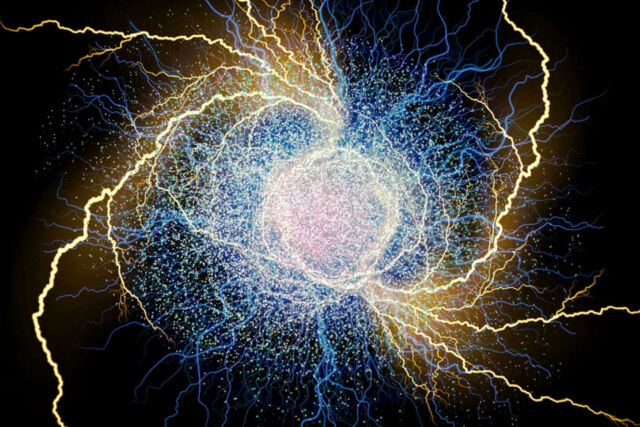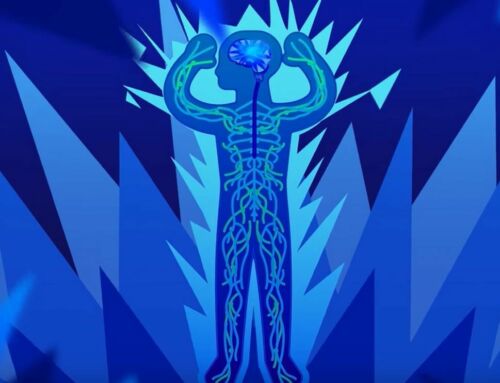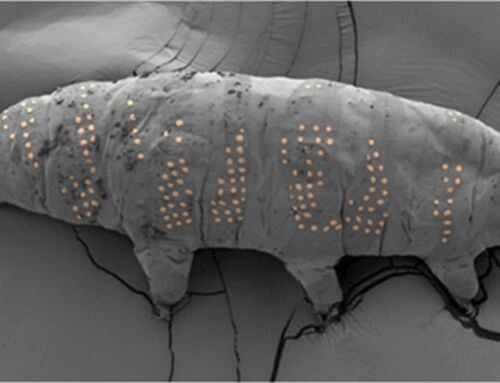After Years of researching, scientists witness for the first time electron whirlpools, electricity behaving like water.
Physicists see electron whirlpools for the first time. Long predicted but never observed, this fluid-like electron behavior could be leveraged for low-power next-generation electronics.
Though they are discrete particles, water molecules flow collectively as liquids, producing streams, waves, whirlpools, and other classic fluid phenomena.
Not so with electricity. While an electric current is also a construct of distinct particles — in this case, electrons — the particles are so small that any collective behavior among them is drowned out by larger influences as electrons pass through ordinary metals. But, in certain materials and under specific conditions, such effects fade away, and electrons can directly influence each other. In these instances, electrons can flow collectively like a fluid.
Now, physicists at MIT and the Weizmann Institute of Science have observed electrons flowing in vortices, or whirlpools — a hallmark of fluid flow that theorists predicted electrons should exhibit, but that has never been seen until now.
“Electron vortices are expected in theory, but there’s been no direct proof, and seeing is believing,” says Leonid Levitov, professor of physics at MIT. “Now we’ve seen it, and it’s a clear signature of being in this new regime, where electrons behave as a fluid, not as individual particles.”
The observations, reported today in the journal Nature, could inform the design of more efficient electronics.
“We know when electrons go in a fluid state, [energy] dissipation drops, and that’s of interest in trying to design low-power electronics,” Levitov says. “This new observation is another step in that direction.”
Image credit Christine Daniloff, MIT
source MIT






Leave A Comment